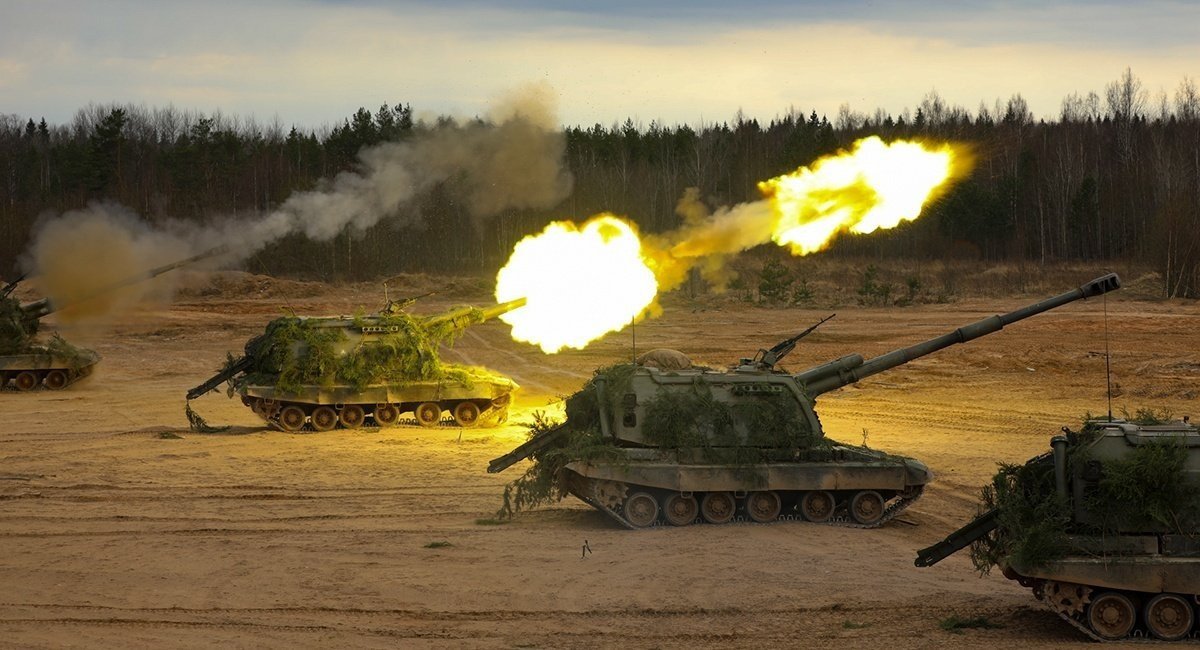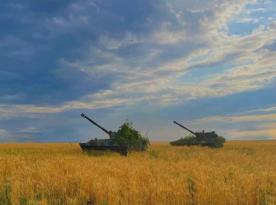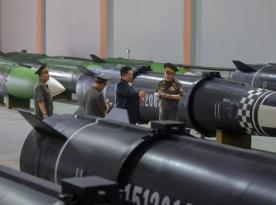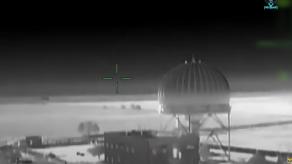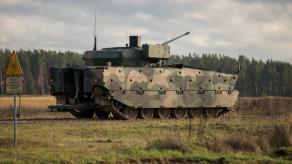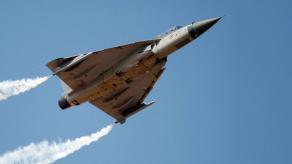In early July 2025, NATO Secretary General Mark Rutte claimed that russia could produce three times more ammunition annually than all NATO member states combined. This would mean a twelvefold advantage in artillery ammunition — despite russia’s economy being only 5% the size of NATO’s, as Rutte later noted
These figures sound dramatic — but are they realistic? To verify or refute the claim, Radio Free Europe/Radio Liberty (RFE/RL), together with the investigative group Conflict Intelligence Team (CIT), conducted a thorough analysis.
Read more: UK, Germany, and France Create Mutual Defense Alliance Outside NATO Framework

According to the UK-based Royal United Services Institute (RUSI), russia produced around 250,000 152 mm shells in 2022. In 2023, that number rose to 1 million. For 2024, the planned production was 1.325 million rounds, but in practice, russia managed to produce slightly more than 1.3 million, including 800,000 122 mm shells.
Further estimates, including from Ukraine’s Defense Intelligence, suggest that russia manufactured a total of 2 million 122 mm and 152 mm artillery rounds in 2023, with plans to produce 2.7 million in 2024. A similar estimate of 3 million shells was provided by an unnamed European official.
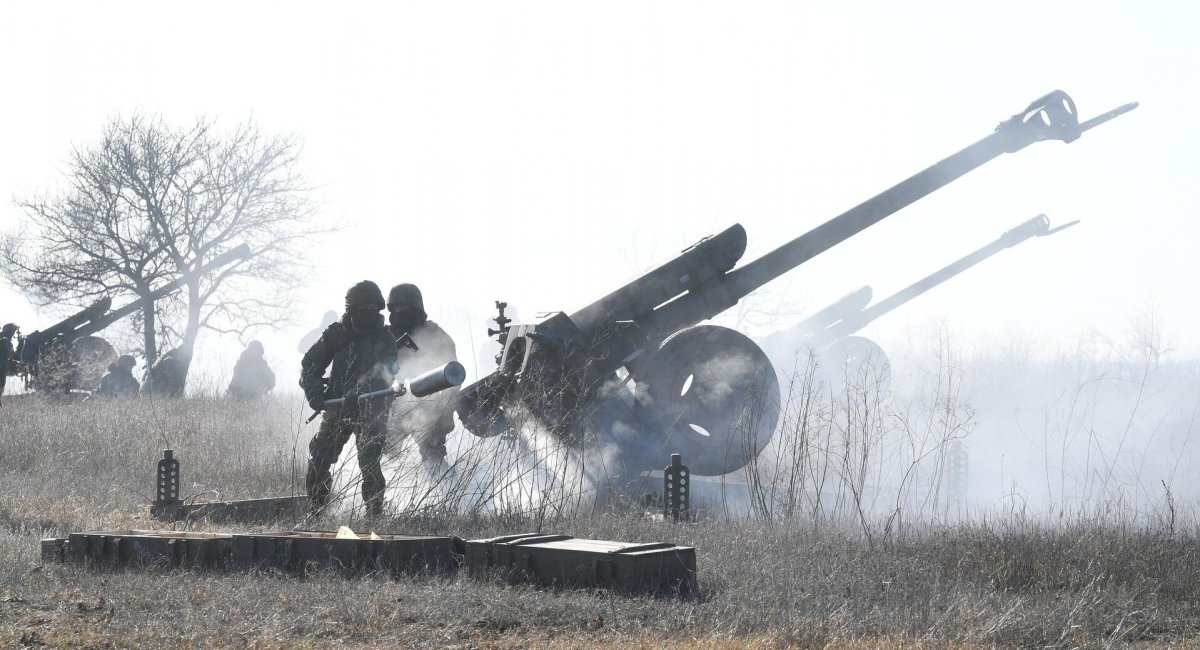
In addition to domestic production, russia also received a significant amount of ammunition from north Korea — approximately 7 million rounds. While these initially included only 122 mm and 152 mm shells, russia has since expanded its orders to include rarer calibers (130 mm and 170 mm) along with rockets for multiple launch rocket systems (MLRS).
RFE/RL also analyzed NATO’s ammunition production capacity. In March 2024, a European official told CNN that NATO countries were producing 1.2 million rounds per year to support Ukraine.
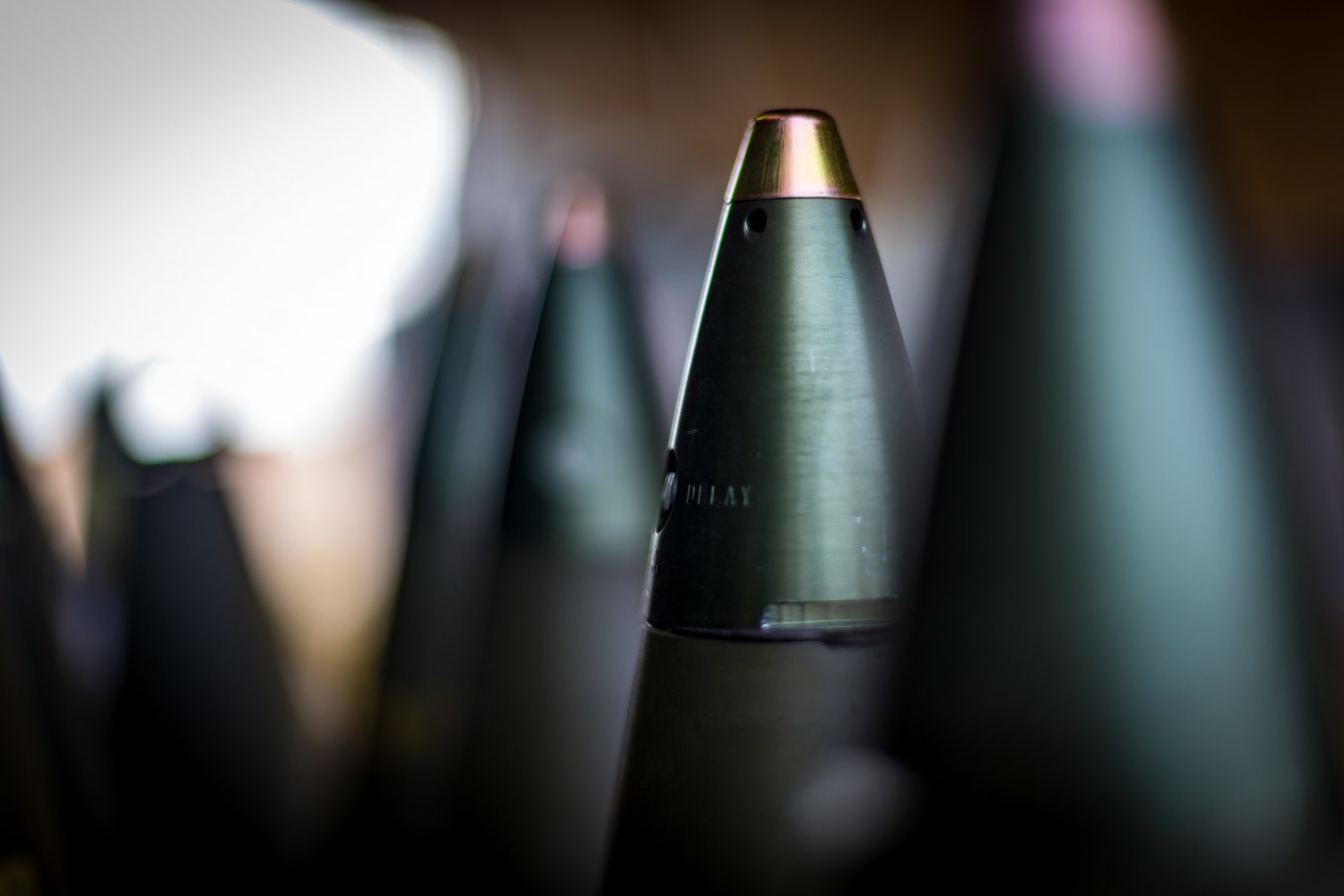
Another NATO source estimated that the alliance could produce 2 million rounds in 2024, with output expected to grow to 3 million 155 mm shells by 2025. This estimate aligns with an official European Commission report, which noted that EU production of 155 mm shells reached 1 million units in 2024.
The goal for the current year is to double that number to 2 million shells. An additional 1 million rounds is expected to come from the United States, which has set that goal — though U.S. production is currently behind schedule, at around 480,000 rounds.
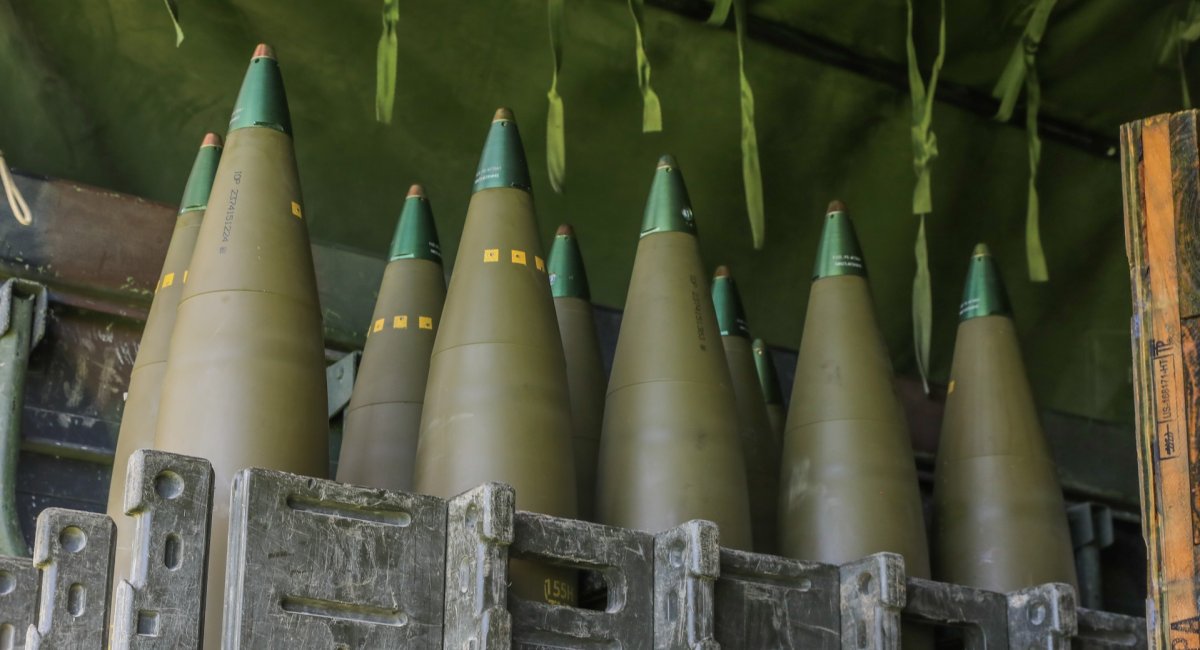
In total, even under the most conservative projections, the EU and U.S. are expected to produce approximately 1.7 million 155 mm shells in 2025. If NATO Secretary General Mark Rutte's claim is accurate, then russia would need to manufacture 6.8 million 152 mm shells in the same year.
And if we take his later statement about a twelvefold advantage at face value, russia would need to produce an astronomical 20.5 million shells per year. Such output is simply unachievable with russia’s current industrial capacity — especially without a full-scale shift to a wartime economy.
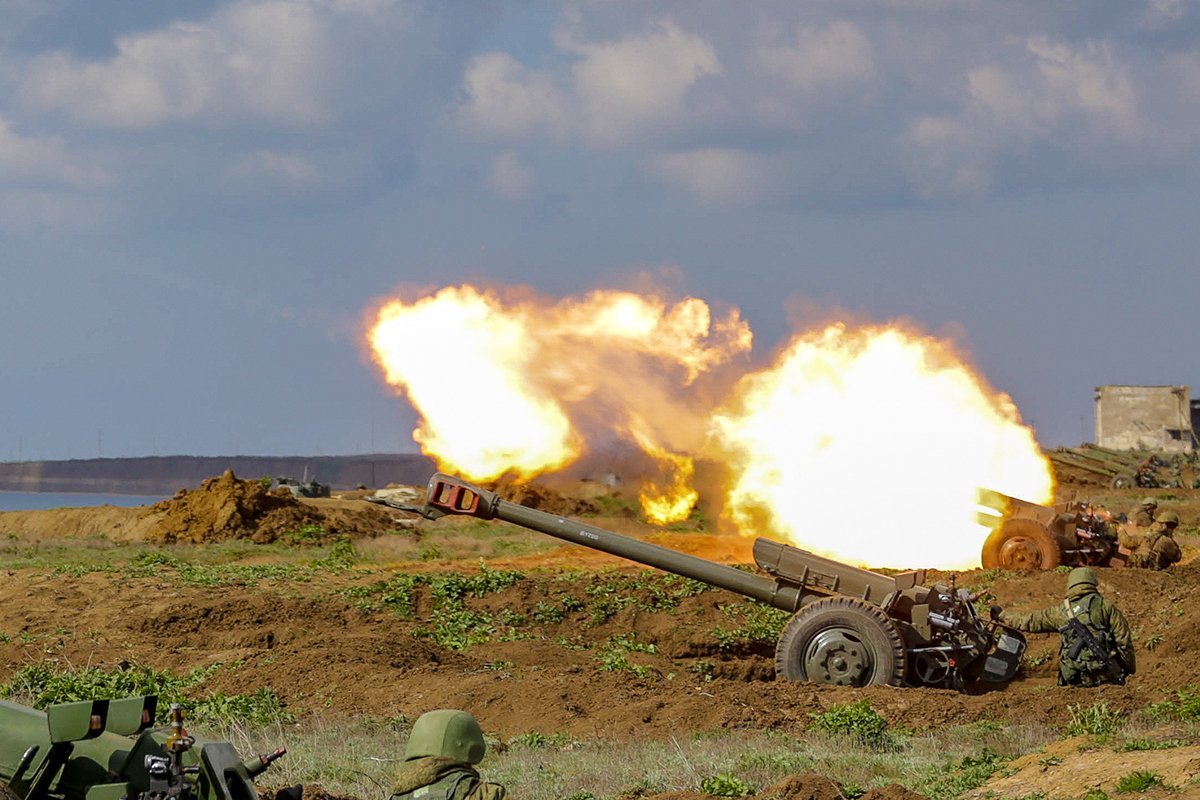
Moreover, russia faces multiple bottlenecks in its artillery ammunition production. Still, researchers warn that in the medium to long term, annual output could reach up to 4 million rounds of 122 mm and 152 mm ammunition — as russia is investing heavily in expanding production capacity, including facilities for explosive chemicals used in shell manufacturing.
Read more: From Halt to New Aid Packages: the U.S. Discusses PDA Renewal, NATO Purchases, Offensive Rockets for Ukraine




